It’s curious to think about what we can learn by traveling.
In these days of augmented reality and artificial intelligence, I believe that traveling is the most authentic way to experience something truly different and to witness other forms of intelligence. This idea has made us increasingly more interested in remote destinations, where we can enjoy an (still) intact nature. Adaptation, an ability all of us need in our lives is in fact a universal rule of our planet, which has been in action since the world came to be. On the Galapagos Islands, in Ecuador, it’s possible to witness this empirically. Crossing the ocean taken by the wind and arriving at an island with red sand, cloudy weather and seals that don't even care you’re there and then going to another completely different island, with swimming iguanas, giant lizards, sun and an arid climate, makes you understand - more than any book - about the idea initially proposed by Charles Darwin.
When the British biologist visited the islands, he noticed some changes in the features of animals according to each island he passed. We learn this at school, but when you see a bird with blue feet and a few kilometers away the same exact same bird with red feet, the idea of “you adapt or you die” becomes unquestionable. It would be impossible to have that level of understanding without going to Galapagos and seeing it with your own eyes.
On the island of the blue-footed booby, no red-footed booby would survive.
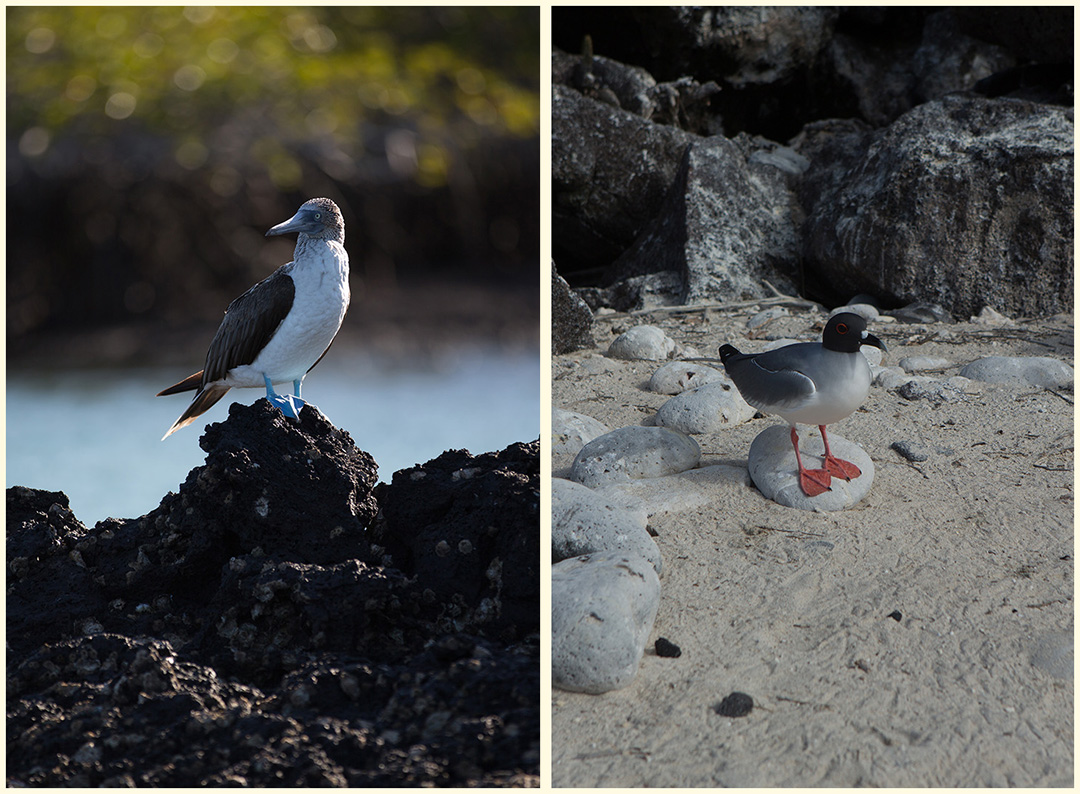
Before embarking for the islands we made a stop in Quito to visit the city that’s one of the highest capitals in the world (2,850m above sea level) and thus start the adaptation. The city has one of the best preserved historical centers in South America, one that became a UNESCO heritage site in 1978. Walking through the alleys, you can observe the colonial buildings of different shapes and colors is a good first contact with the country.
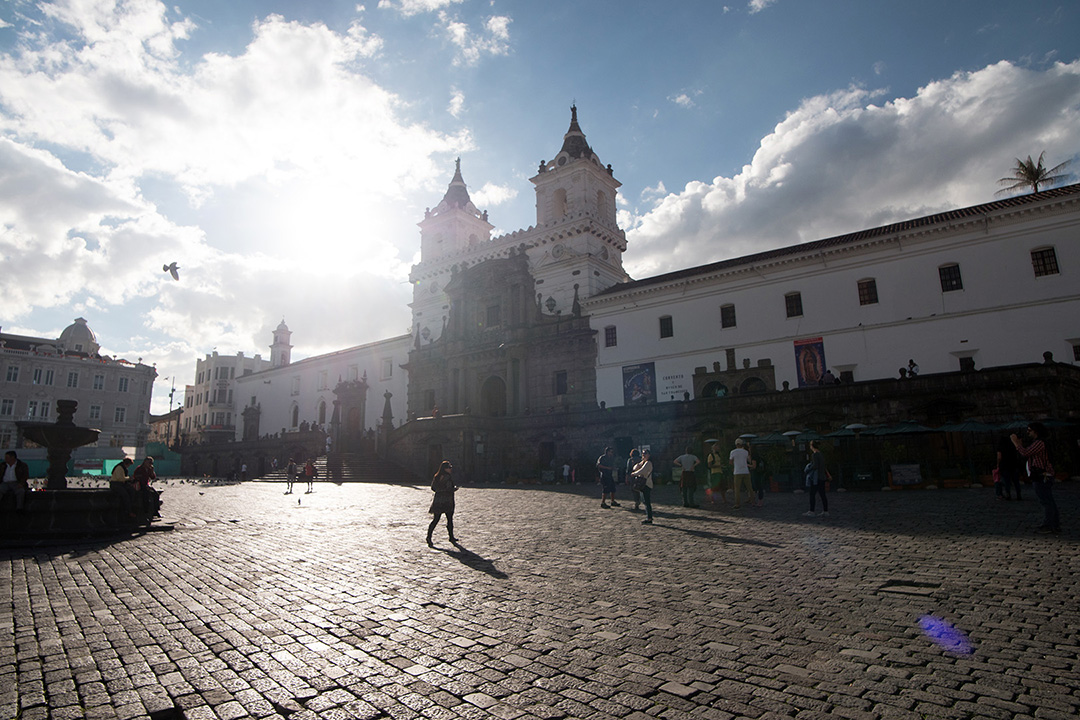
Another very interesting way to get in the mood is to hike a volcano! That's right, the capital of Ecuador is set in the Andes and is surrounded by volcanoes! Just 60km outside of Quito you can find the Cotopaxi National Park, home to about 80 volcanoes, many of them still active. One of those volcanes gives the park it’s name, and is the highest active volcano in the world at 5,897 meters. That’s where we met and started interacting with the group that would travel with us to Galapagos. There’s nothing better to unite an unknown group of people than doing an extenuous activity together.
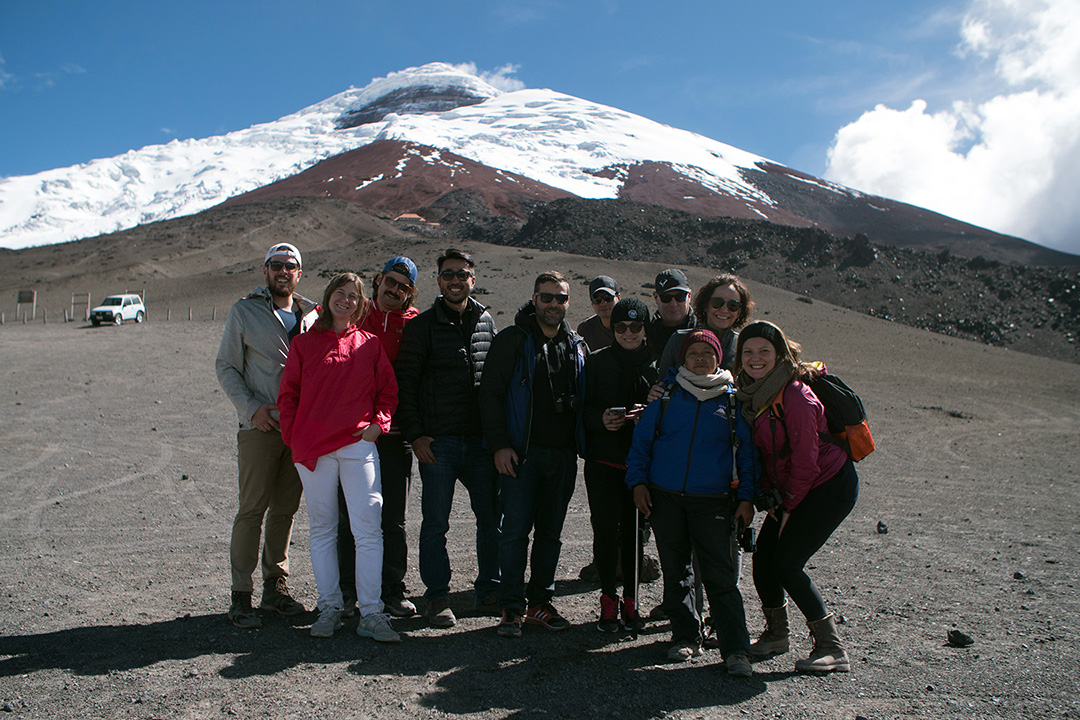
It may sound like a joke, but the climb starts at the parking, located at 4,400 meters. We only went up to 4,864 meters, where the refuge is located, but it was the hardest 464 meters I’ve ever walked. There were several stops on the way and after almost two hours we got to the end. The distance is short, but the altitude really makes it much harder. The difficulty of the path is justified by experiencing climbing an active volcano. The cold and the rarefied air are just some of the ingredients that help making the moment special.
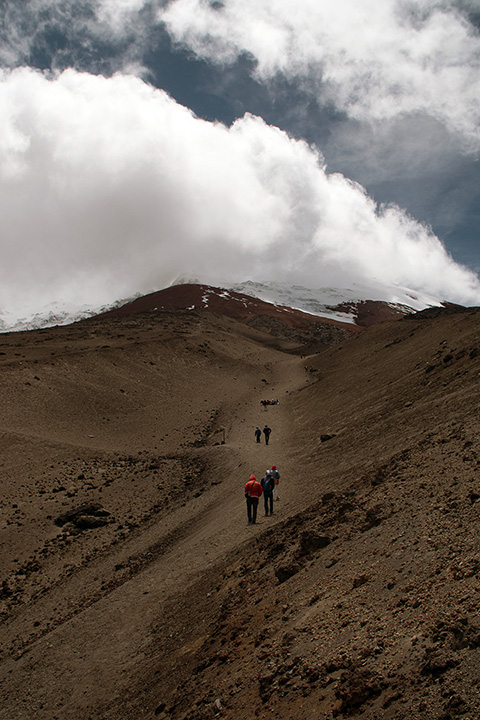
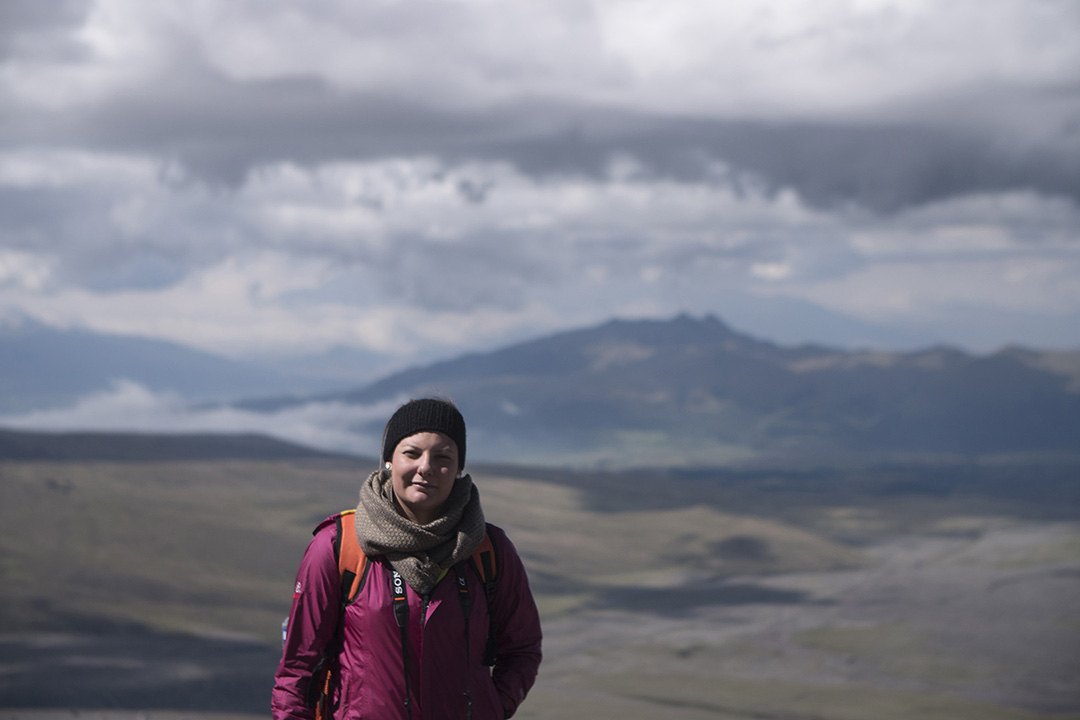
After a good night’s sleep, we took an early flight to the island of Baltra, after a quick connection in Guayaquil. From there, we took a short transfer to the port where we would start our adventure aboard S/S Mary Anne. There are many ways to get to know the archipelago: you could stay at a Hotel on the main island and from there take day trips or you could stay on a large cruise ship or even a luxury yacht. In our case, it was on a sailboat! Personally, I think the best option is to stay on some kind of boat, because the trips between one island and another can be long. If you stay on land and go for day trips, you will actually spend less time on the actual islands.
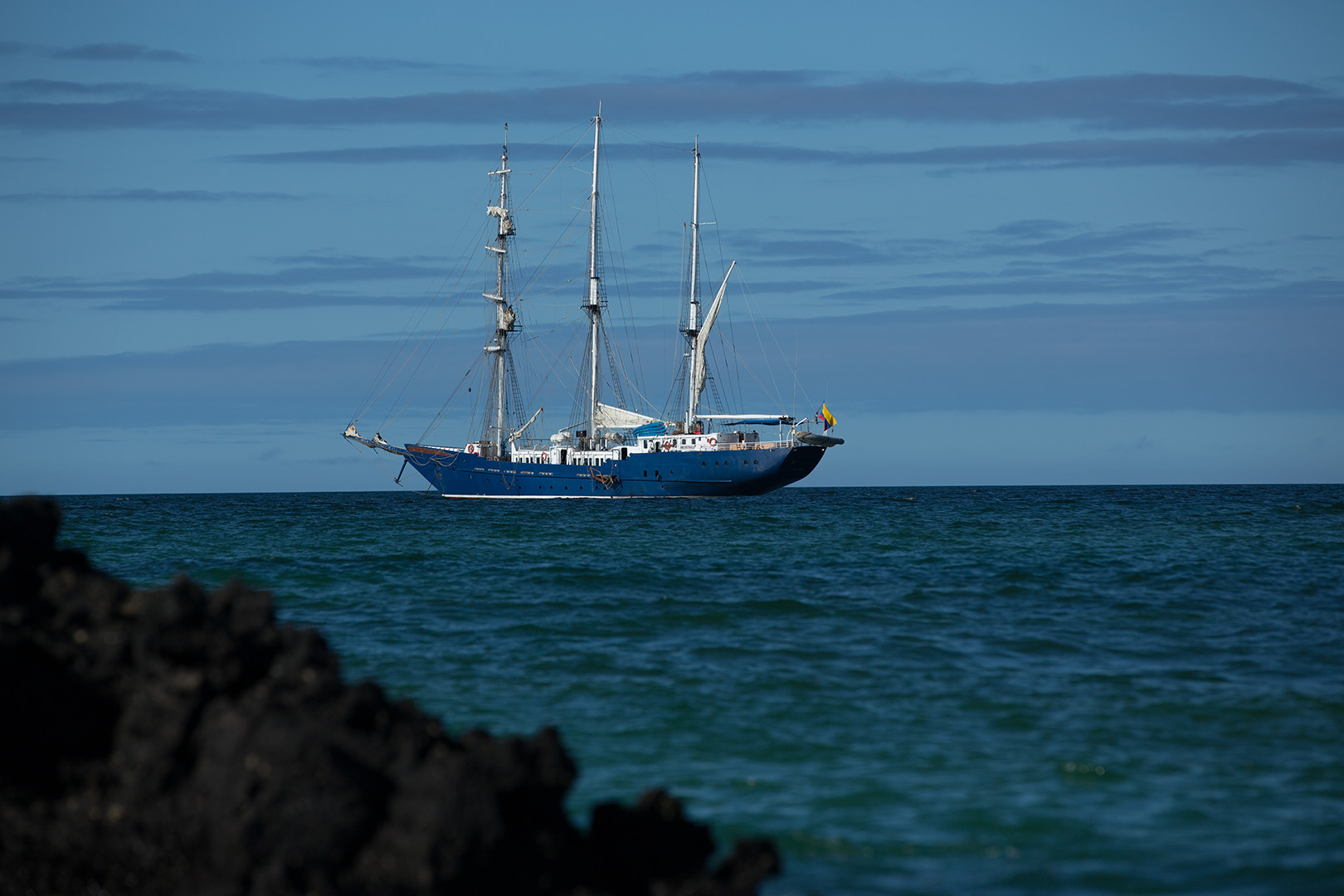
It was love at first sight. And this was my first experience spending more than a day on a boat, which makes it even more special.
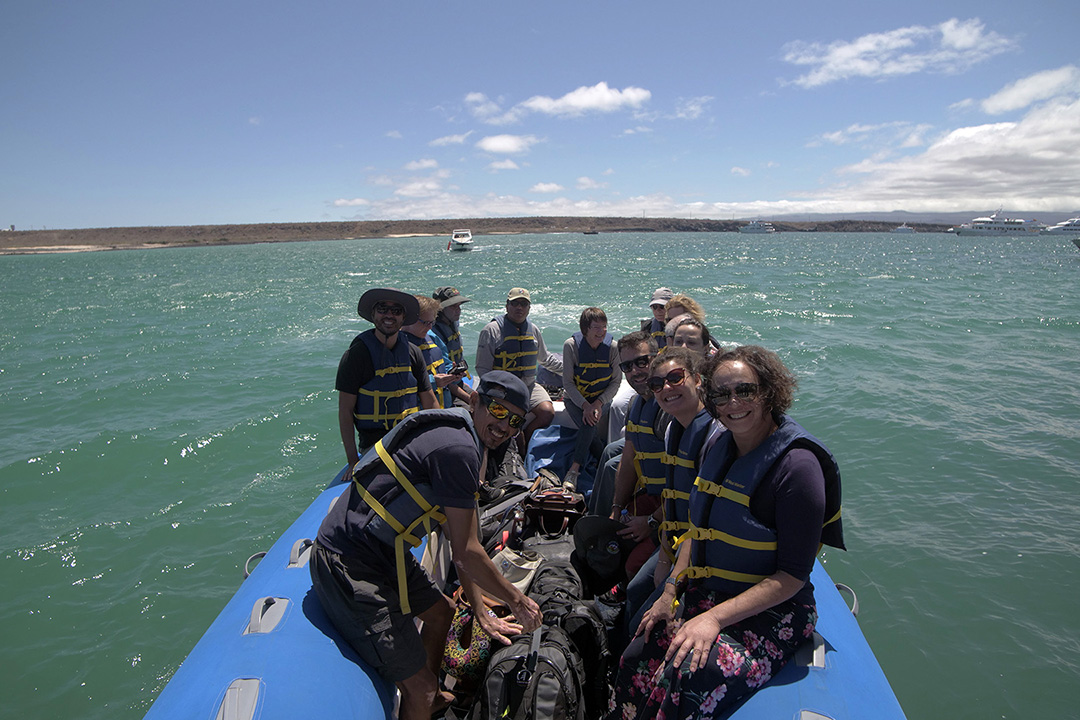
This is our group’s first contact with the sea :)
And this was our dear captain.
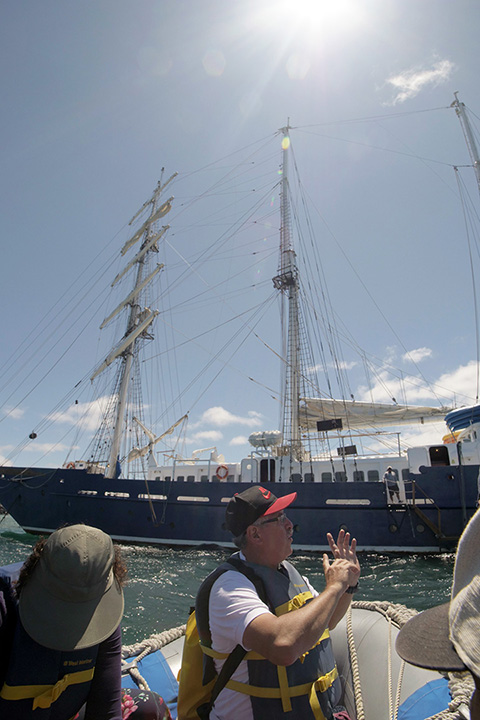
Our itinerary took us to the east part of Galapagos. In the map you can see the whole archipelago:
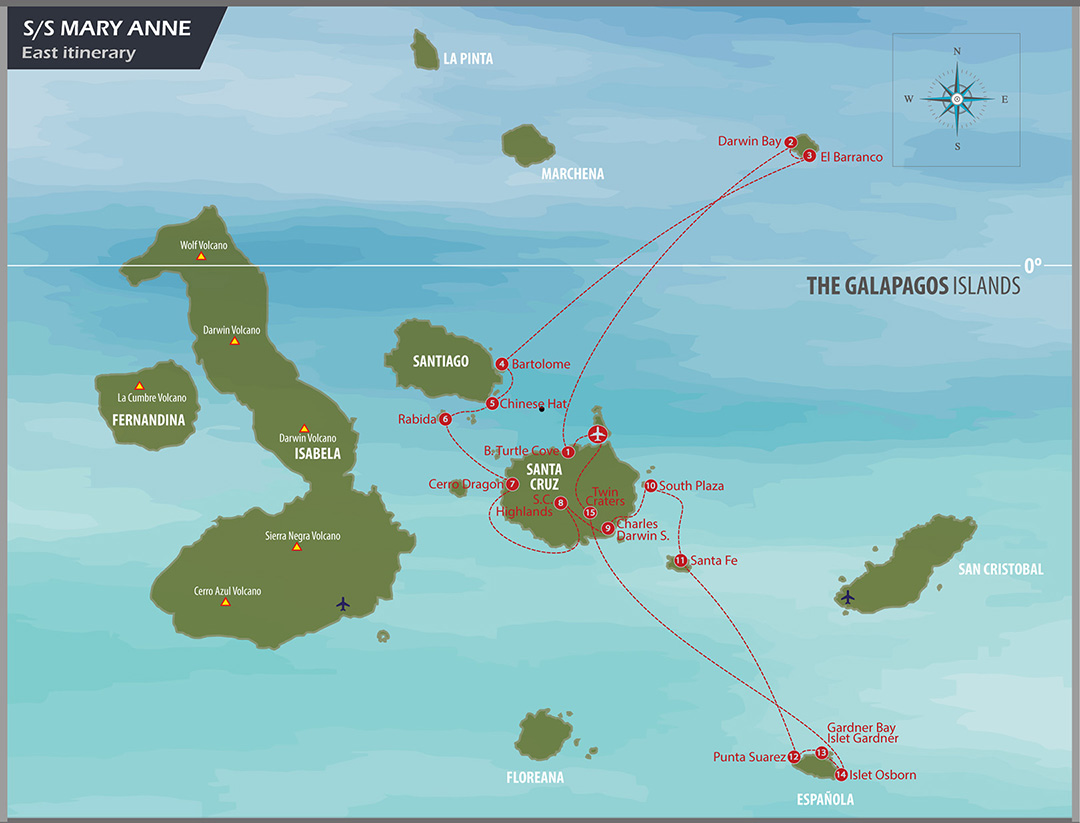
On the first afternoon we took a boat trip to Black Turtle Cove, a large mangrove lagoon located in the north of the island of Santa Cruz. Like the name says, we went to see the turtles in their natural habitat. The advantage of being in a smaller boat is that you can get very close to the animals:
Close enough that you can see a turtle reaching up for air.
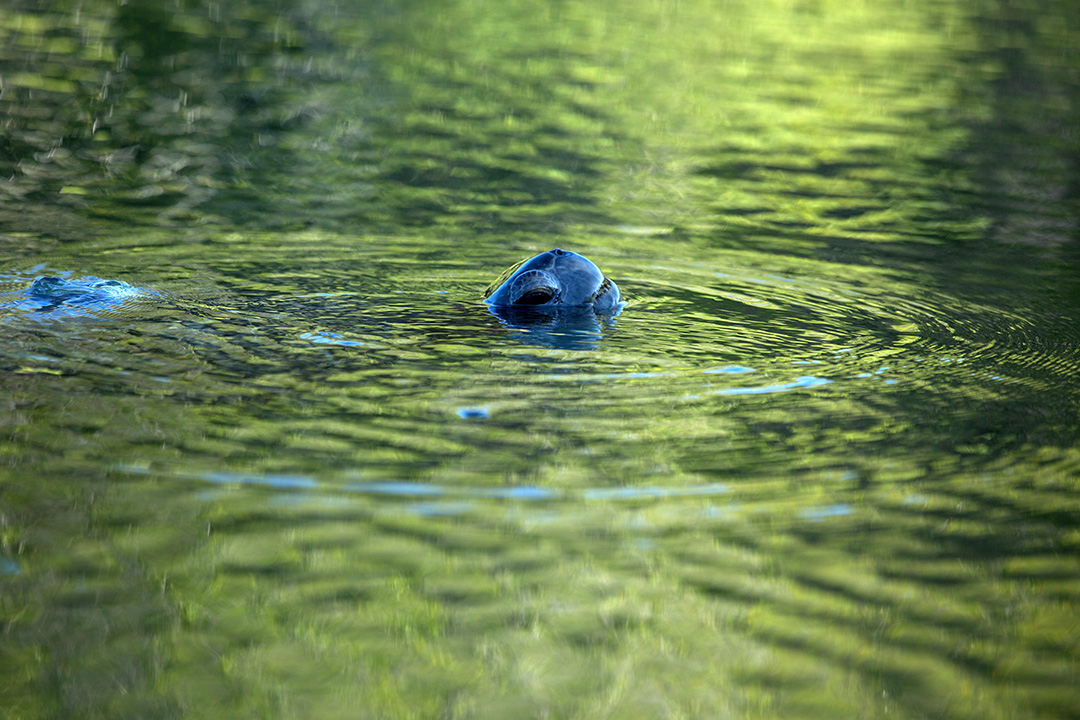
And right after, in our very first day, we were rewarded with an amazing sunset at sea.
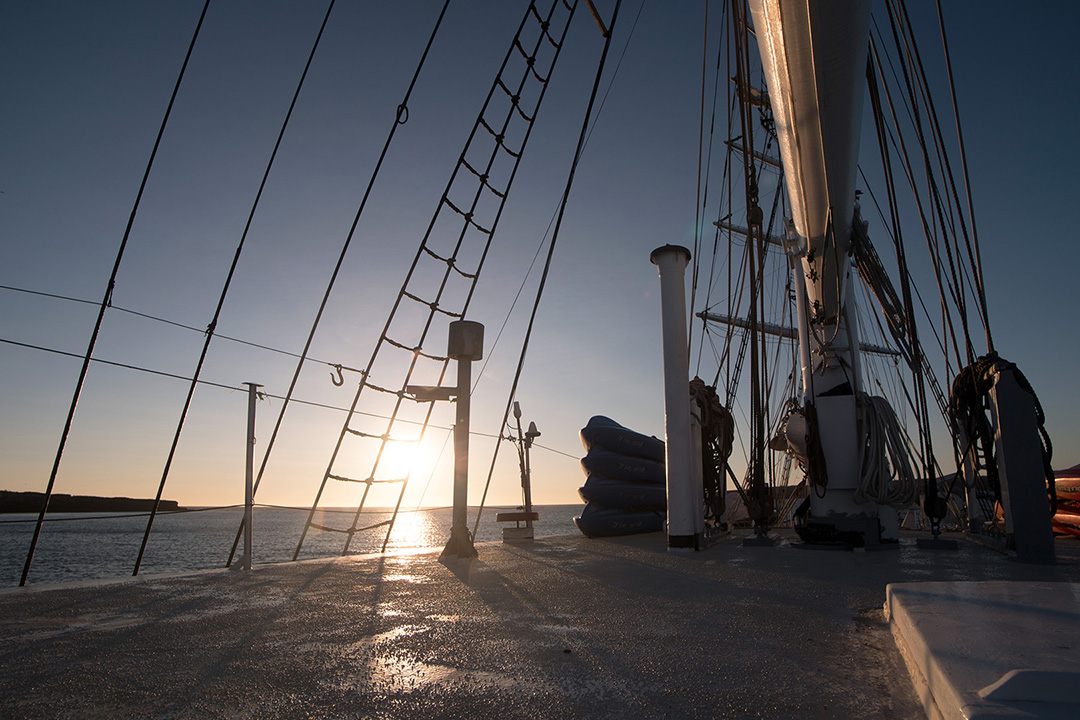
We sailed through the night and arrived at Genovesa island to see the birds of Darwin Bay. It’s such a surreal experience!
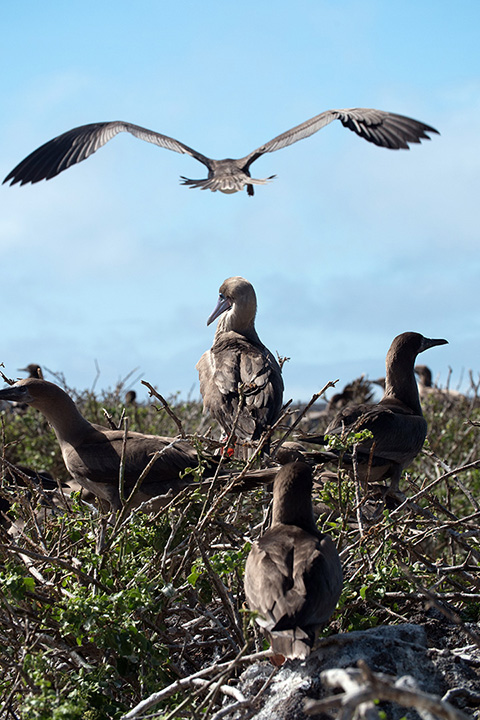
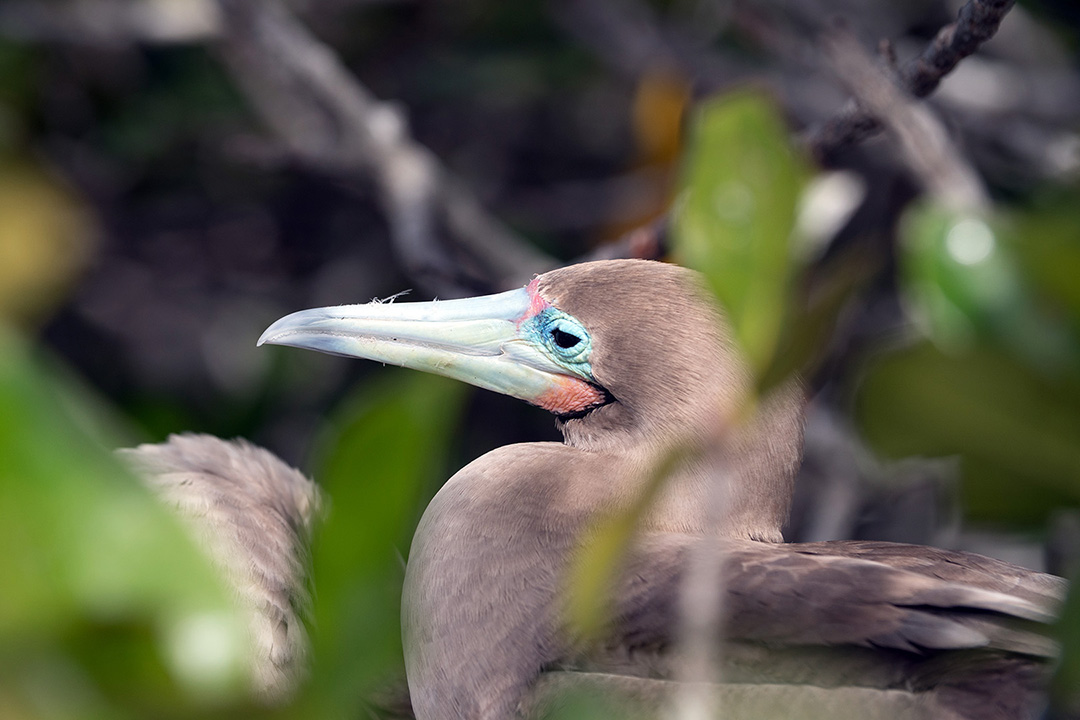
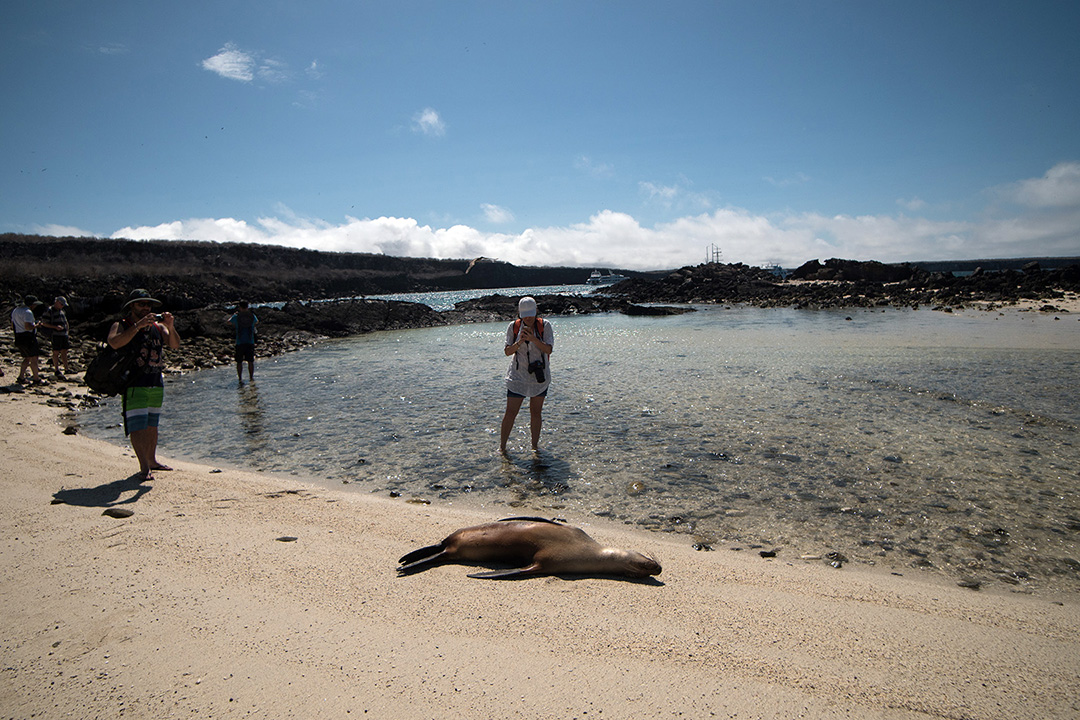
You can go right up to them, they don’t even care! Their habitats are so well preserved and the animals are so safe that they don’t see human beings as threats. In the afternoon, we saw the other side of the same island, and in a short trek called El Barranco, we were greeted by this cute seal.
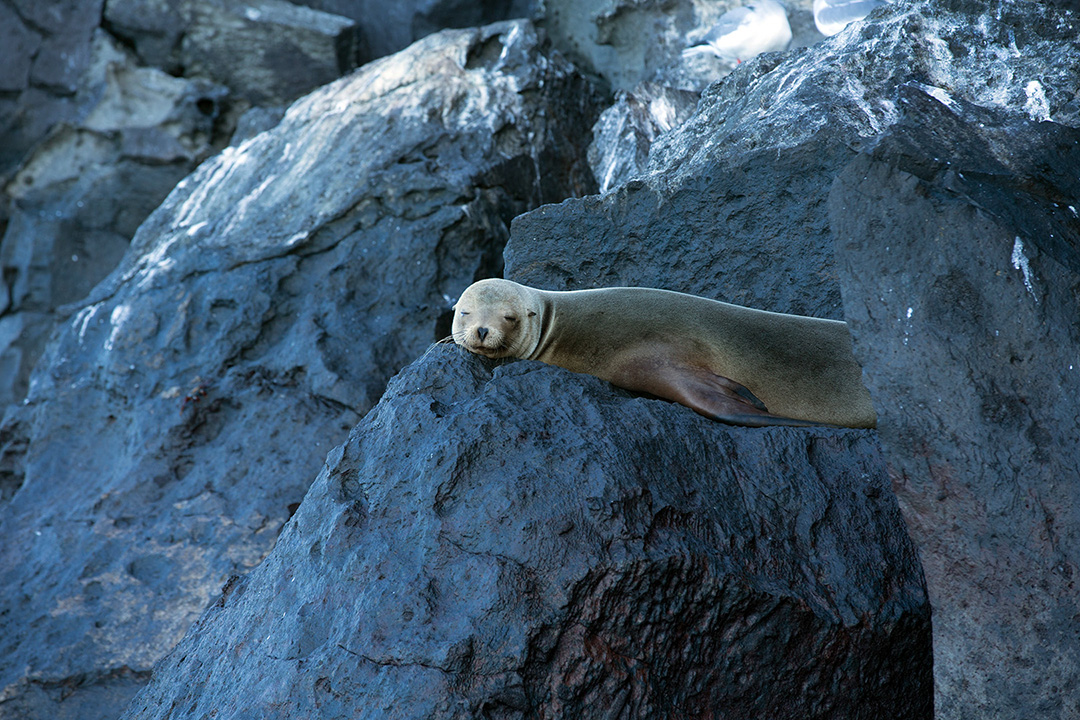
From above we could see a beautiful landscape, filled with iguanas and types of birds. The hard thing is to identify which is which with so much going on.
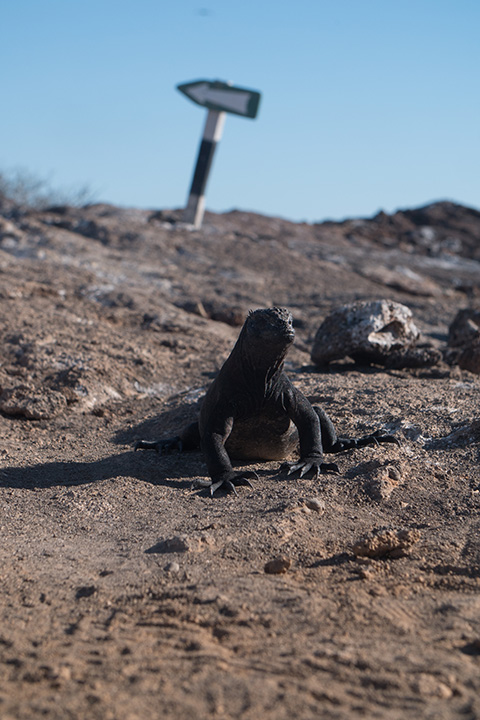
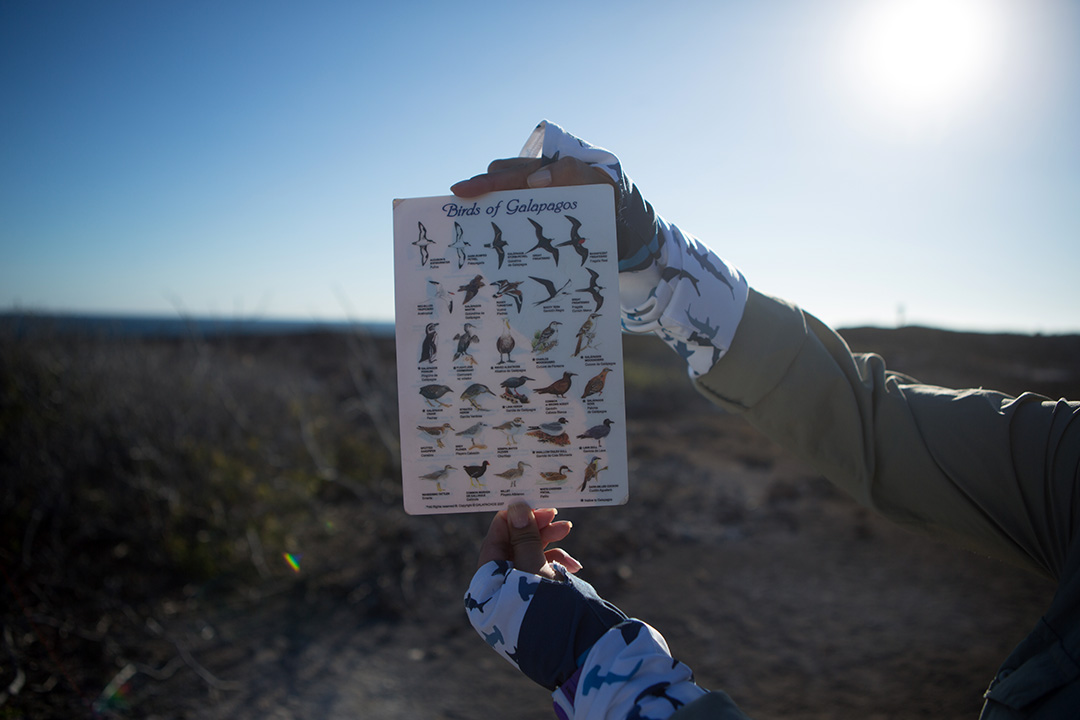
In Bartolomeu Island we saw the most beautiful landscape in my opinion. It looks like a different planet in the middle of the ocean! You have to climb a lot of stairs to get there though, so a swim was in order.
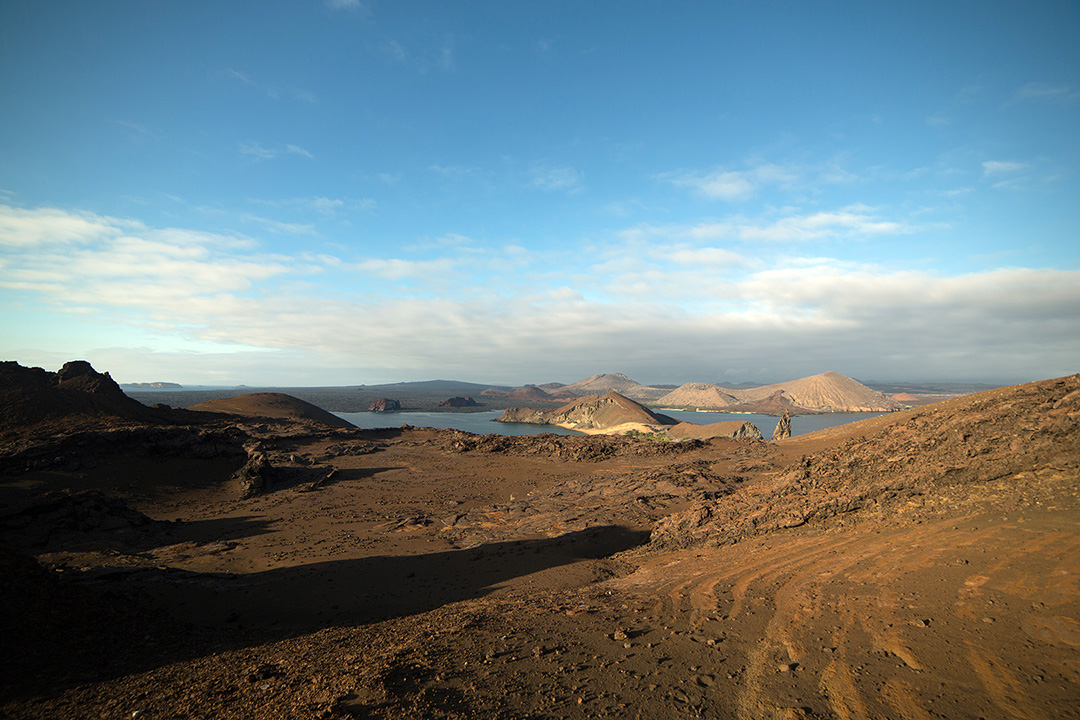
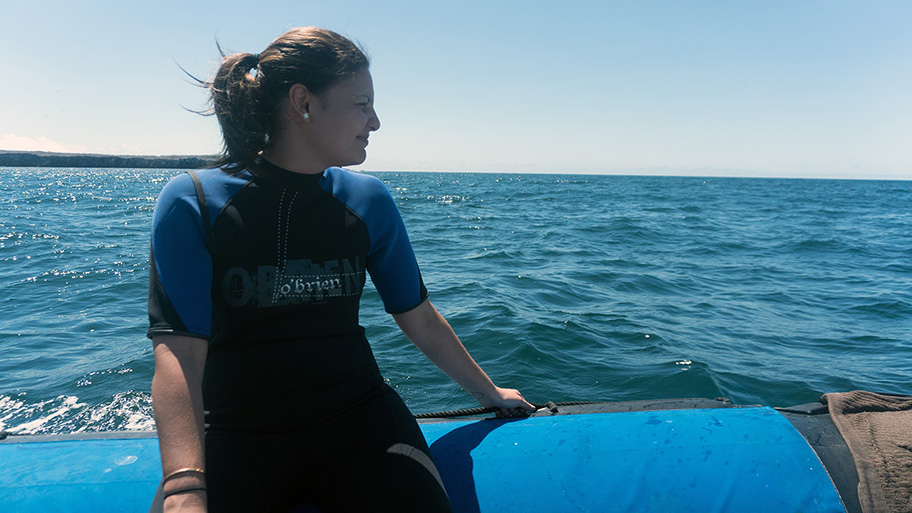
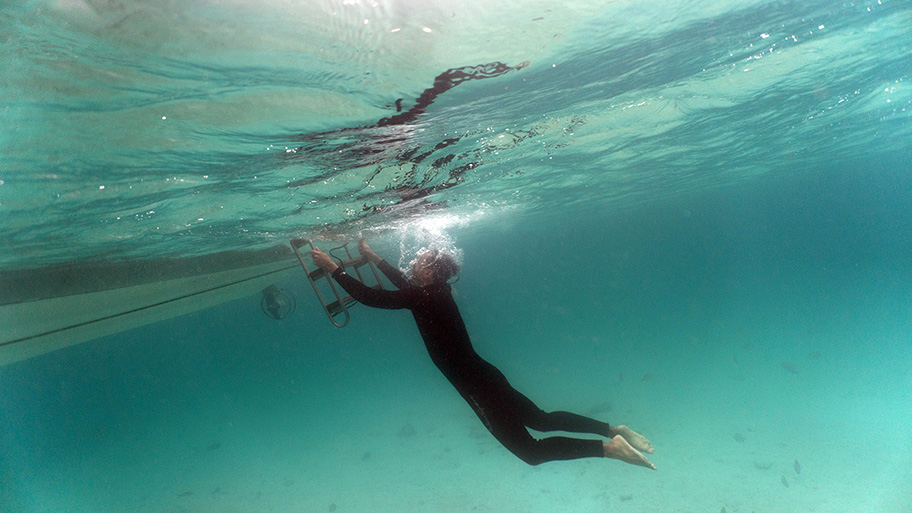
You notice the richness of the Galapagos fauna and flora when you dive. There are som many different species we can see up close because of the crystal clear water. We saw starfish, dozens of different types of fish and even a shark!
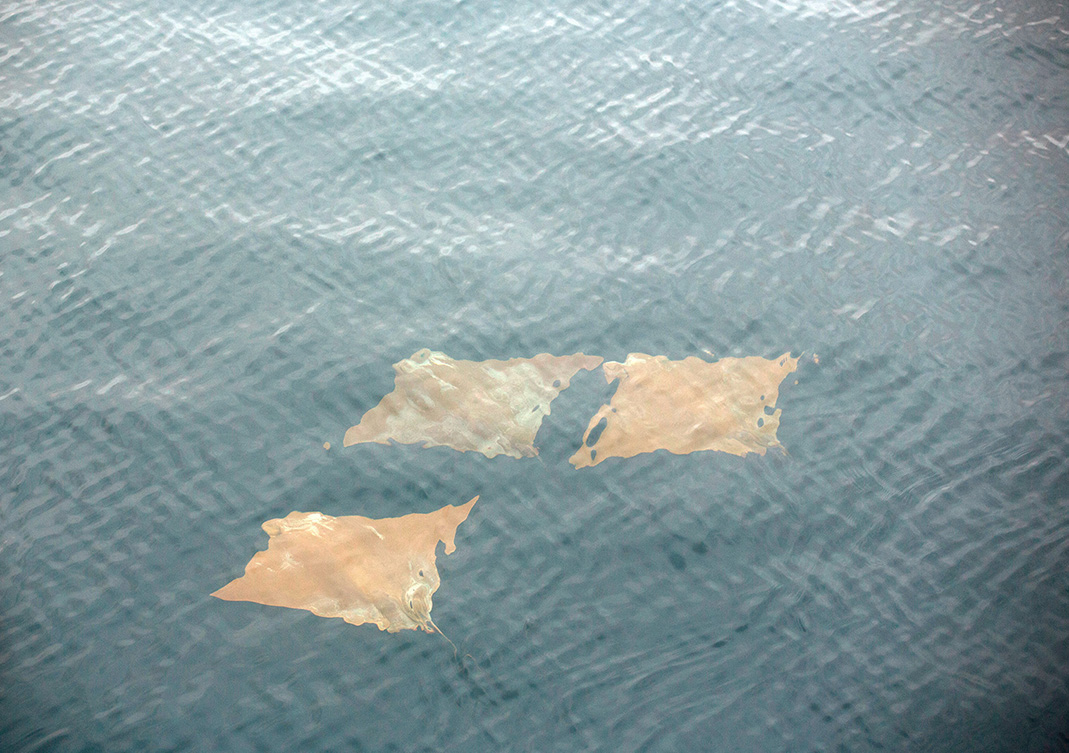
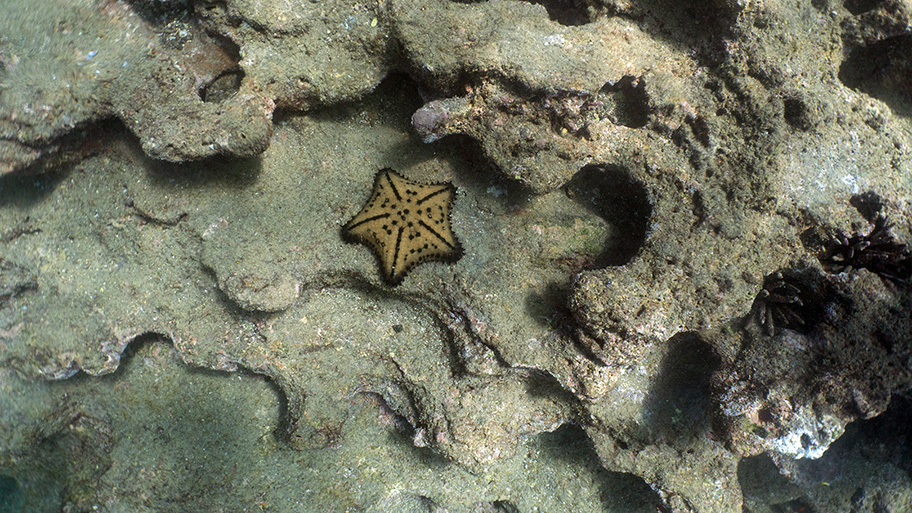
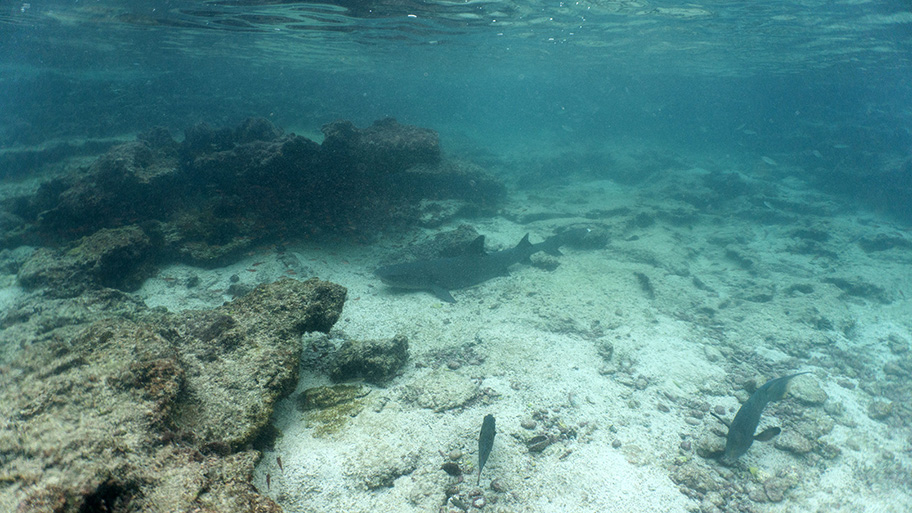
Another good thing about staying in a boat: after leaving the sea, wet and tired, we were greeted with delicious ceviche! As fresh as possible :)
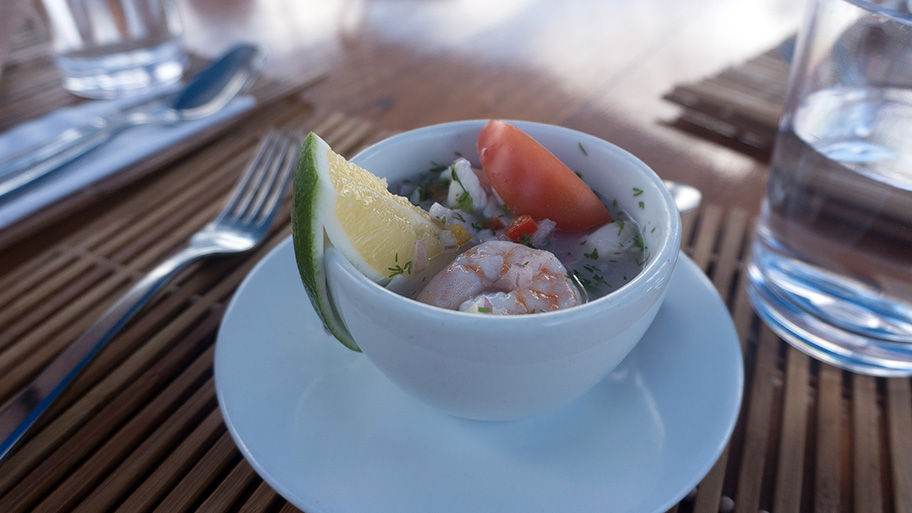
On the island of Santa Cruz, in the Cerro Dragon region, we saw the famous Galapagos iguanas: they like to pose for photos! They stand still most of the time, enough to admire how amazing they are.
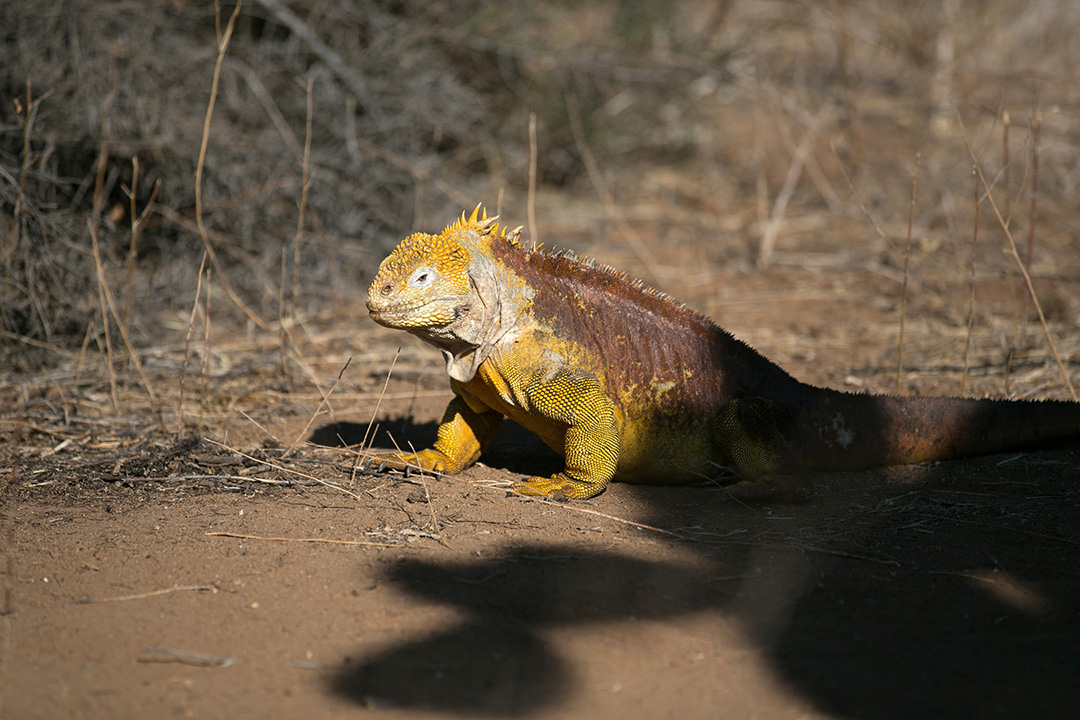
It’s like they’re in a catwalk.
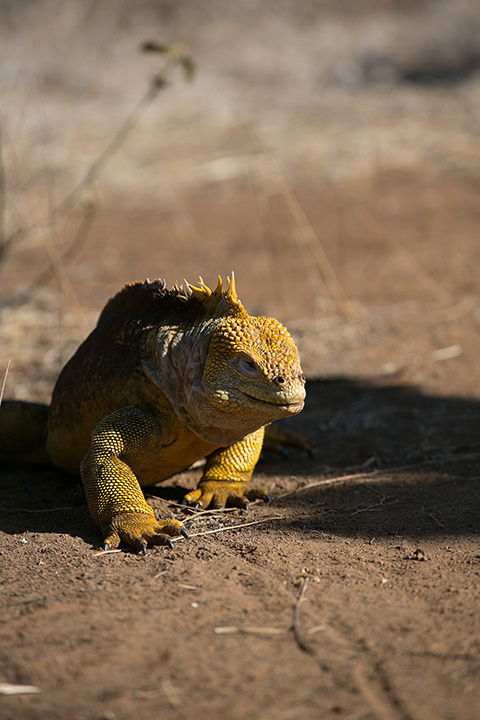
To preserve both the experience of those who visit the islands and the animals' habitat, it’s common to see ships “parked” in front of the islands and passengers taking turns to descend, one group at a time.
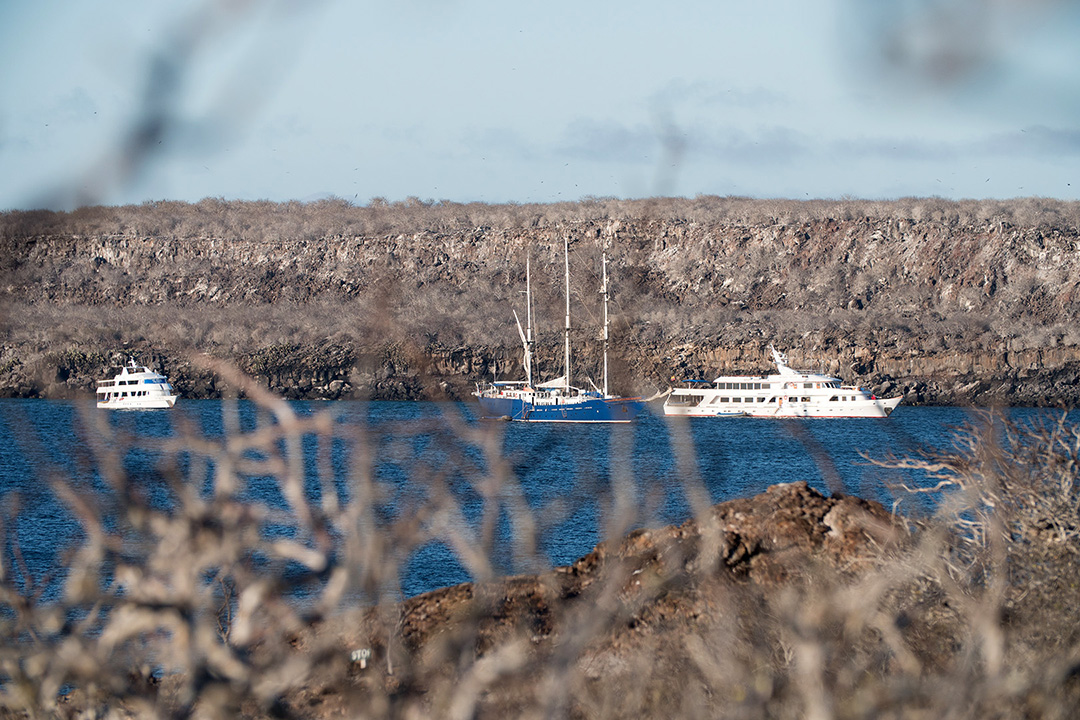
It was a very special trip. There were beautiful days of sunset, the navigation was surprisingly smooth and we woke up each day in a different, inhospitable place, which reminded us of the appeal of what hasn’t yet been explored.
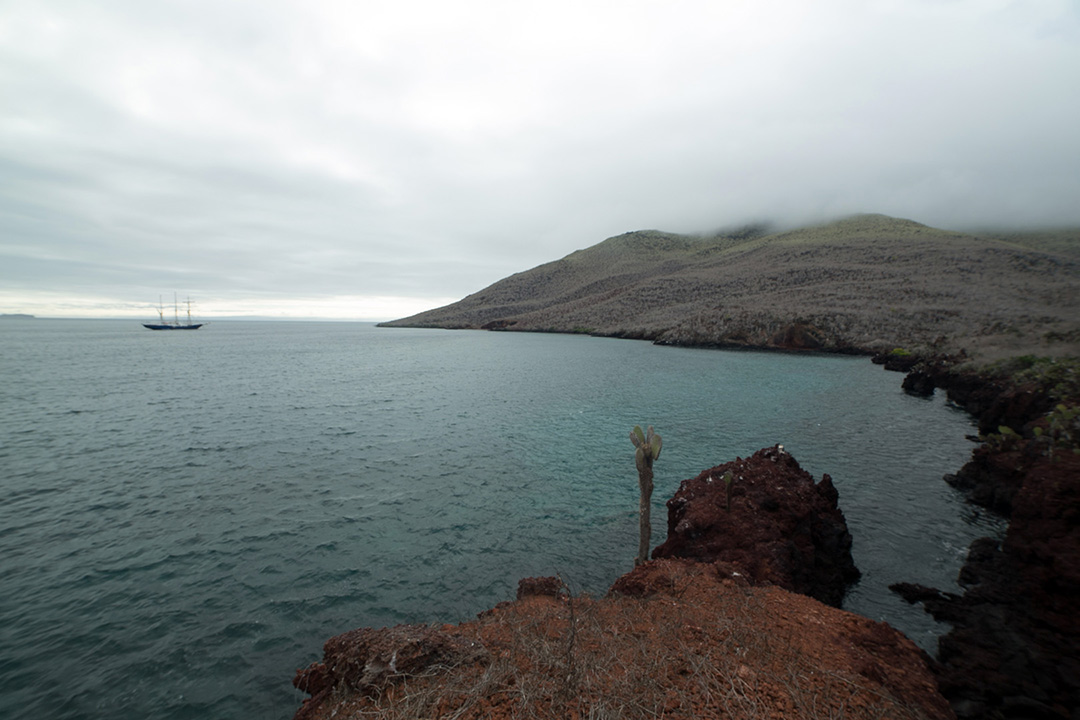
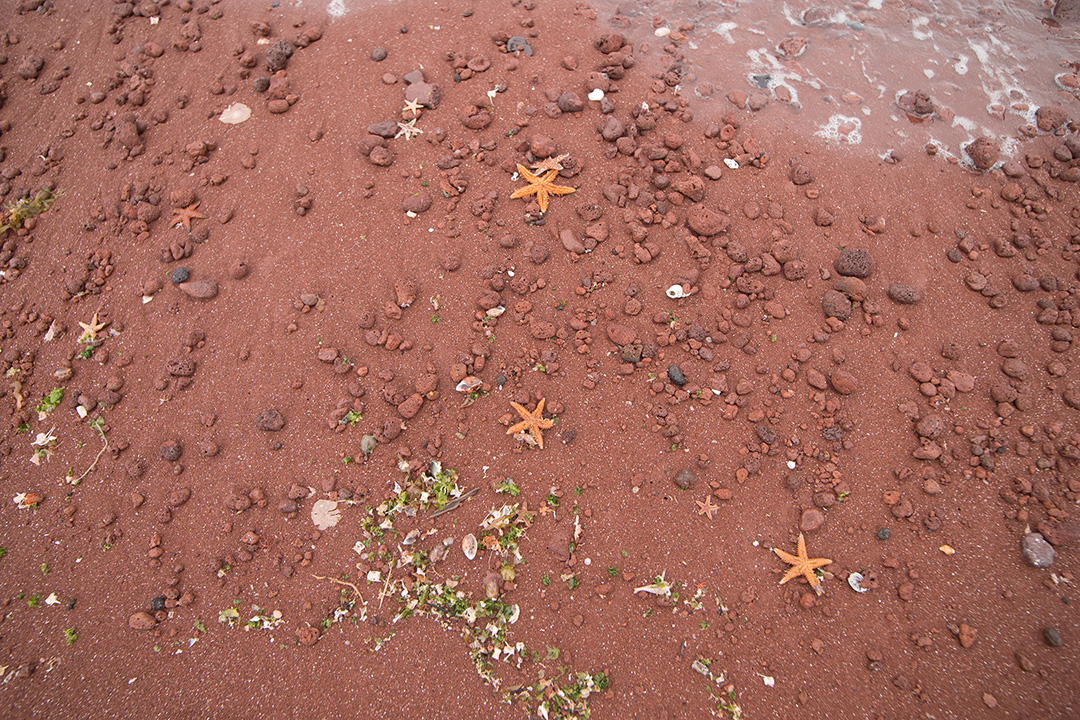
For those who think that there is still a better angle to see the Galápagos, I recommend talking to your crew and asking to climb on the mast and enjoy all the beauty from above, just like Fabio!
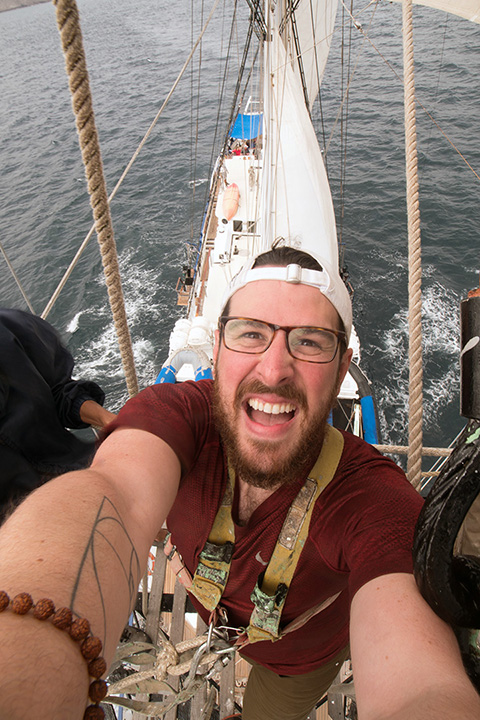


.jpg)